The content of the article
Gray tawny owls are the most common owl species among those living in Europe. They can live in remote areas of the forest, and not far from the person. The species belongs to the family of real owls.
Appearance
The average body length ranges from 38 to 40 cm. The wingspan of the gray owl reaches one meter. Adult birds weigh about 0.5 kg. Sexual maturity occurs at the age of 2-3 years.
These birds, like other owls, have a large round head. But they have no feather ears. The eyes are also big and round. The shape of the head and eyes is a distinctive feature of owls, by which they can be easily distinguished from other birds. Their eyes are looking forward.
Beak short, curved. This form allows the bird to undress easily caught prey.
Plumage may have a different color. There are gray and red individuals.There are dark longitudinal stripes all over the body.
Legs covered with short plumage. The body is dense, the plumage is very thick. On the shoulders of the bird are white stripes, resembling epaulets in shape and location. Tawny wings are wide and rounded. This form allows the bird to maneuver during the flight. On paws there are 4 fingers. 2 of them are directed forward, the rest - back. The claws are sharp and long, which is typical of a bird of prey. The tail is short. During the flight, the owl dismisses it like a fan.
Other types of owls
Their color is variegated, not very bright. The plumage on the face is located in a circle, forming a face disk. All these birds are perfectly adapted to hunting. Thanks to their excellent hearing and vision, they easily find their prey, even if she hid in a shelter.In the silence of the night, the predator listens to the sounds and peers into the darkness.
They feed on small vertebrates, can also catch insects. Some species hunt for fish.
Habitat in nature
Gray owl can be found in Africa and Eurasia. Birds are distributed throughout Europe, in the northern part of the African continent. She also lives in Western Siberia. On the territory of Asia, the habitat of these birds comes to China and Korea.
They live in mountain and plain forests. But they can settle even in the park or on the edge of the city. Hunt where there are many old deciduous trees.
Breeding and nesting
These birds are sedentary. Each male chooses for himself a plot that considers his home, and which carefully protects against enemies. When it is time for nesting, the males begin to attract females with a peculiar sound in the form of hooting. This sound can be heard in the forest throughout the fall. They do not build a nest. Instead, they use the hollows left by their old masters. Sometimes instead of it serves a crack in the wall, an attic or a cave. Gray tawny can settle even in the birdhouse.
Before mating, the male has a kind of attention to the female. He gives her prey, which he caught during the hunt. The eggs of the female can be laid between March and May. Usually the number of eggs varies from 3 to 5, but if the food supply is too small or too large, it can be less or more, up to 9 pieces. The incubation period lasts for a month. During this period, the female does not hunt, the male brings her food. When chicks appear, parents bring them food together. At the age of about a month, the owls leave the nest and sit on a branch next to each other.
Lifestyle
As dusk begins, the bird begins its hunt. Only with the dawn, she flies into the hollow or sits on a branch to sleep.
They live in the forest, but they can also hunt on the plains. Food can be small vertebrates, insects, worms. Rodents are their favorite delicacy. They sit on a branch and listen to all the rustling. Once the prey is discovered, it takes off without making any sounds. Thanks to good vision, tawny trees are perfectly oriented even in complete darkness. The prey she grabs claws, quickly and rapidly swooping down on her from above.Usually eats the catch in the same place, tearing it with its sharp beak. The victim, which she can eat completely, brings to her beak with her paw.
Interesting Facts
- The paws of these birds have 4 fingers each, which is typical of almost all owls. One of the fingers is higher in relation to the rest. When a gray owl sits on a branch, then 2 fingers look forward, and others look back. One of the three front ones is reversed. It is called reverse.
- These birds are very zealous to protect their young. If any stranger attempts on them, the owl immediately attacks him, trying to scratch his eyes with his sharp claws. The size of the threat does not matter. The bird will lash out at both the small predator and the large one. It can even attack a person.
- Representatives of this species do not have a goiter in which they could store prey. Therefore, the bird often feeds on small quantities. But the stocks they still do, putting them in a safe place near their nests.
- Individuals living in the forest and in the city eat different foods. The main victims of forest dwellers are rodents.City owls hunt small birds. Sparrows and other wild birds become their dinner.
- Often, while walking in the woods, people find healthy chicks. They often fall when they try to learn how to fly. Many believe that the chick is abandoned by parents or injured, and take him home. But in fact, this can not be done. If the bird has no visible injuries, then it is not necessary to touch it. In time, he will return to the nest. You can help only sick or injured owls.
Video: Gray Tawny (Strix aluco)

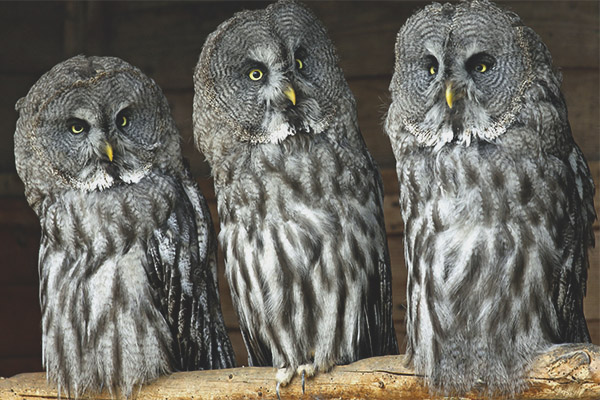
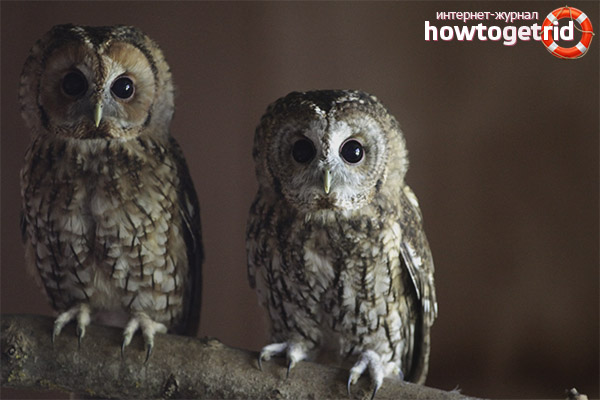

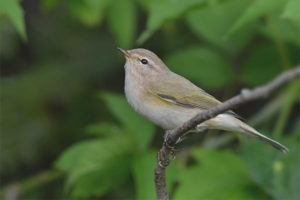
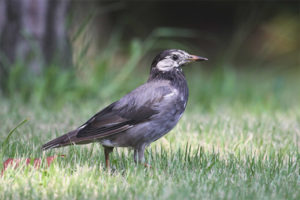
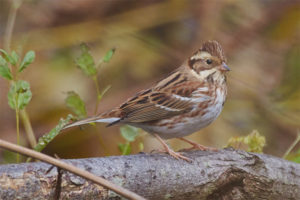
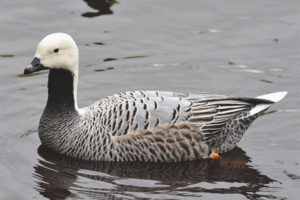
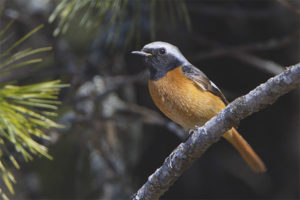

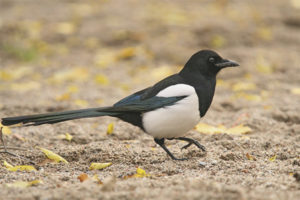
To send